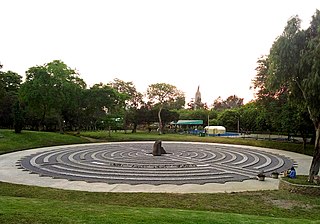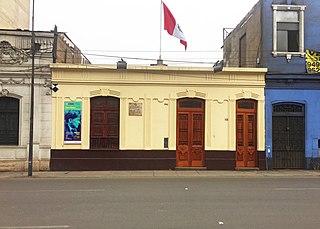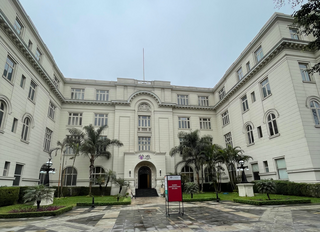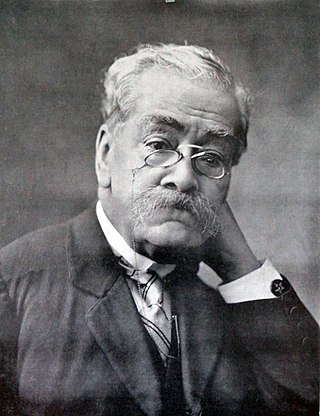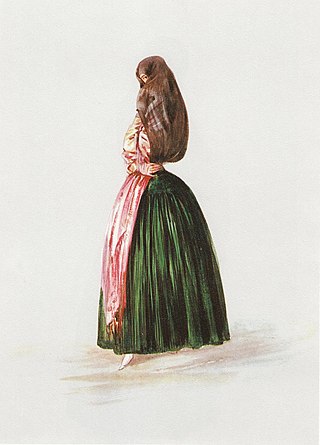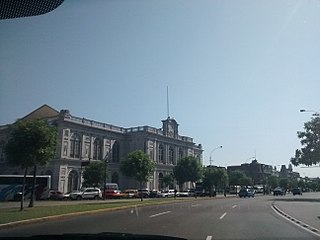Self-guided Sightseeing Tour #6 in Lima, Peru
Legend
Guided Free Walking Tours
Book free guided walking tours in Lima.
Guided Sightseeing Tours
Book guided sightseeing tours and activities in Lima.
Tour Facts
2.4 km
26 m
Experience Lima in Peru in a whole new way with our free self-guided sightseeing tour. This site not only offers you practical information and insider tips, but also a rich variety of activities and sights you shouldn't miss. Whether you love art and culture, want to explore historical sites or simply want to experience the vibrant atmosphere of a lively city - you'll find everything you need for your personal adventure here.
Activities in LimaIndividual Sights in LimaSight 1: Memorial El ojo que llora
The Eye that Cries is a memorial that was born as a private initiative designed to honor the thousands of victims as a result of terrorism in Peru, to strengthen the collective memory of all Peruvians and to promote peace and reconciliation in the country.
Sight 2: Casa Museo José Carlos Mariátegui
José Carlos Mariátegui Museum is a historic house museum located on the final residence of Peruvian writer José Carlos Mariátegui, where he spent the last five years of his life. The museum is dedicated to the life and work of Mariátegui, as well as that of his wife Anna and partner Victoria Ferrer, in the context of how the rooms in the household were used. Mariátegui moved into the house in 1925.
Sight 3: Museo Metropolitano de Lima
The Metropolitan Museum of Lima is a museum located next to the Park of the Exhibition in Lima, Peru. The neoclassical building that houses the museum was designed by French architect Claude Sahut and built in 1924, formerly housing the country's Ministry of Development and Public Works. It was inaugurated on October 10, 2010.
Sight 4: Tradition Fountain
Manuel Ricardo Palma Soriano was a Peruvian author, scholar, librarian and politician. His magnum opus is the Tradiciones peruanas.
Sight 5: Tapada Limeña
Tapada limeña was the denomination used at the time of the Viceroyalty of Peru and the first years of the Republic to designate the women in Lima who covered their heads and faces with comfortable silk mantones, revealing just one eye. Its use began in the 16th century and it spread until well into the 19th century, that is, its use lasted for three centuries and was not only limited to the "City of the Kings", but also to other important cities in the region. In Lima, the custom remained until well into the Republic, when it was relegated by French fashions.
Sight 6: Museo de Arte de Lima
Get Ticket*The Lima Art Museum is an art museum in Lima, Peru. The museum is located in the Palacio de la Exposición. The museum was inaugurated in 1961. The collection includes ceramics, textiles, sculptures, and paintings surveying almost 3,000 years of history ranging from the pre-Columbian to Contemporary time periods. MALI is a private organization supported by admission fees, contributions from members, and private donations.
Sight 7: Torre de Adobe de Canto
Emilio Rodríguez Larraín was a Peruvian politician.
Sight 8: Parque de la Exposición
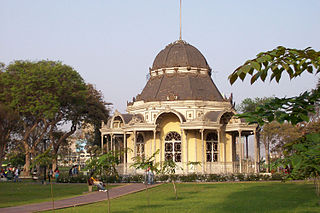
The Park of the Exhibition, known between 1999 and 2004 as the Grand Park of Lima, is a park located in the neighbourhood of Santa Beatriz, itself part of the buffer zone of the historic centre of Lima, Peru. It was built to replace the city's walls, demolished as part of a citywide renovation project in order to host an international exhibition in 1872.
Sight 9: Miguel Grau Square
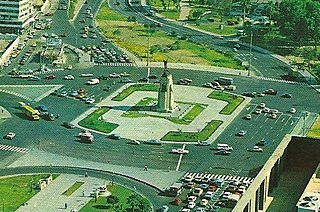
The Plaza Grau is a public square located in the center of Lima, Peru. It is located at the intersection of the Paseo de la República with the Paseo Colón, Miguel Grau Avenue and the Paseo de los Héroes Navales. It was named in honor of Miguel Grau Seminario, commander of the Huáscar monitor during the War of the Pacific.
Share
How likely are you to recommend us?
Disclaimer Please be aware of your surroundings and do not enter private property. We are not liable for any damages that occur during the tours.
GPX-Download For navigation apps and GPS devices you can download the tour as a GPX file.
